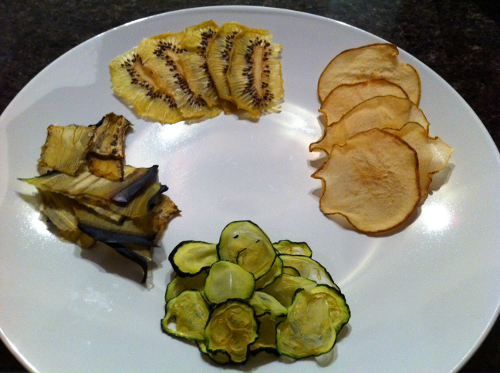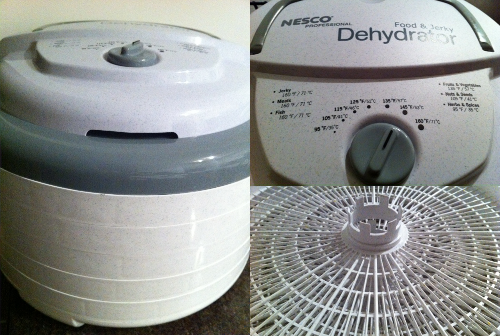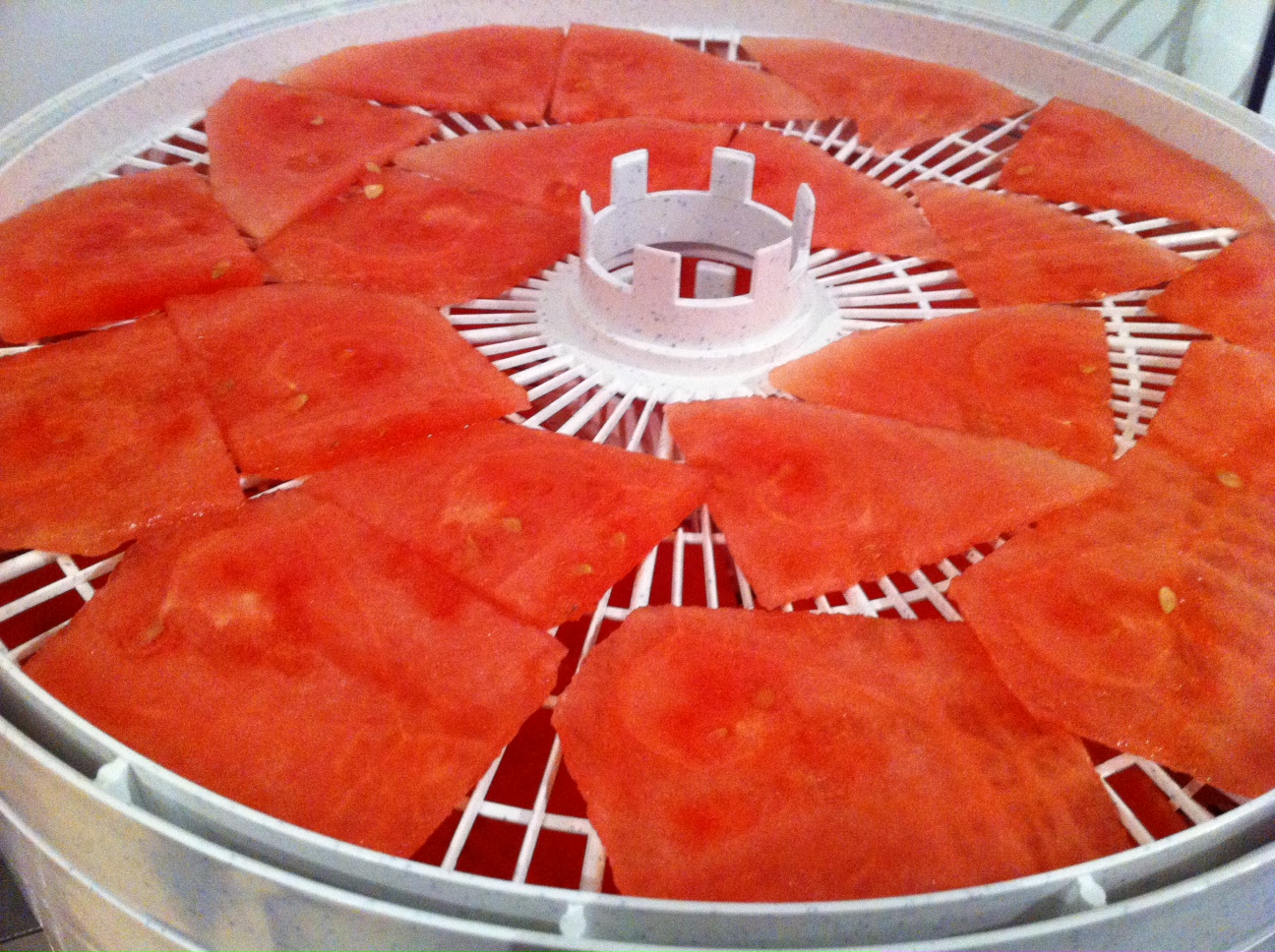…But, I’m on Vacation!
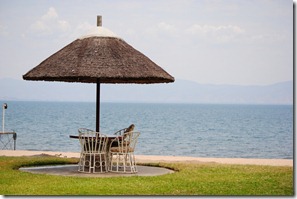 I love travelling and going on vacation. However, vacations almost always threaten to unravel months of dieting, careful eating, and general struggle (not to mention a lot of sweat and tears).
I love travelling and going on vacation. However, vacations almost always threaten to unravel months of dieting, careful eating, and general struggle (not to mention a lot of sweat and tears).
It’s super easy for me to blame the limited food options at the airport and on the planes, as well as the need to experience the full breadth of the local cuisine in other countries. Really, though, vacation not only releases me from the stresses of work, but also severs the already loose strands that tie me to a diet. And I don’t just go off the diet a bit, I got off it in a completely devastating way.
My vacations often seem to revolve entirely around eating. Where I’m eating my next meal at any given time is carefully arranged beforehand, and when I arrive at the predetermined restaurant, my eye immediately scans the menu and generally falls to the most unhealthy dish possible. Likewise, my hand detaches itself from from my brain and goes directly to the bread basket. Despite the seemingly unthinking nature of my actions, the true problem is really one of mindset – anytime I make one of these unhealthy food choices while travelling, there’s this small but powerful voice in the back of my head repeatedly chanting: “I’m on Vacation. None of this matters right now.”
Is there any hope???
Recently, I’ve decided to attack my vacation diet woes before I vacation, and you’d be astonished what a little forethought has been able to do. In general, there are 2 Things You Must Do in order to avoid reversing your dietary achievements while vacationing:
Pack Snacks for the Journey
This is, by far, the single most important thing you can do, but it’s a bit counterintuitive. After all, the amount of time you’re travelling is typically much shorter than the amount of time that you’re actually on vacation. Even so, if you start eating badly on your way to your destination, there is almost no chance that you’ll be able to convince yourself to restart your diet while you’re there. Consequently, you absolutely must pack sufficient healthy snacks and meals for your journey (whether by plane, train, or automobile).
There are a few easy snacks that you can pack for your trip – it’ll save you money on expensive and awful food as well as keep you on a low carb diet.
1. Nuts and seeds – you can easily make you own pack and sprinkle it with salt or other spices. You can see a picture (just above) of my pack for the flight (it has almonds, hazelnuts, pine nuts, and walnuts).
2. Jerky – you can buy (or make) beef or turkey jerky pretty easily. The beauty of jerky is that it will not spoil, takes up relatively little space to pack, and won’t cause a mess. In addition, it’s the most filling of the options listed here and is my personal favorite.
3. Fruits – too much fruit can be the downfall of a diet, but a few apples, pears, or similar fruit will be ok (berries are good but are tougher to pack and messier to eat).
4. Deli meat – this won’t keep for long if you don’t have some form of cooler, but it can be great as breakfast if you’re leaving early in the morning or as a snack just a few hours into your journey. Deli meat packs easily in a Ziploc bag and isn’t messy to eat in a plane, train, or car.
As I noted above, starting your trip off on an unhealthy note will only set the tone for the rest of your vacation and make it almost impossible for you to recover. That’s why it’s essential that you plan ahead for you journey. Personally, I often pack more food and snacks than I’m even able to eat on the journey – doing so forces me to eat what I’ve packed (rather than airport food), since I’ll feel slightly bad about throwing away the food I’ve packed if I don’t finish it.
This leads me to my second suggestion:
Eat Smaller Portions on Vacation
You’re in a new country or a new state, and you want to try the local cuisine. It’s partially why you took such a long and arduous trip! Or else, you’re visiting relatives or friends, and they insist on taking you out to eat at all the restaurants that offer nothing for your diet.
The best thing you can do in these situations is to simply eat smaller portions. I hate calorie-counting diets or diets where I just need to eat less, since I always end up being hungry for the better part of the day. However, this is the more realistic and easier choice on vacation, since I’m typically moving around so much and seeing and experiencing new things.
If you’re like me, you really want to try lots of different local foods. The healthier way to do this is to eat lots of variety rather than simply “eating lots”. Instead of eating a whole pizza in Chicago, eat just one slice (if you’ve never had real deep dish, take my word that one slice is plenty for most of us). Travelling abroad to China where you’ll see some delicious-looking dumplings? Order 4 different kinds and eat 1 or 2 of each. The point is not to try to avoid the local food just because it may not fit into your normal diet routine. Doing so is impossible for most of us, since it would make our vacations generally miserable. Rather, experience as much variety as you can while on vacation, but limit yourself to smaller portion sizes.
If I’m really serious about not reversing gains that I’ve made recently, then I’ll try hard to keep a rough calorie count (it’s often difficult with foreign foods, but just a rough estimate is enough). I generally try to stick to my personal maintenance amount of calories. If you don’t know your daily maintenance calories, a very rough estimate is 1800 calories/day for women or 2200 calories/day for men (or use this calculator, which provides a slightly better estimate).
Vacations should be enjoyable and relaxing, and eating is a big part of how I relax and enjoy myself. However, that doesn’t mean that I need to come back from my vacation more stressed than ever about how I’ve ruined 2 months of dieting in just 1-2 weeks. With just a little planning and forethought, my recent vacations have become much healthier and no less enjoyable. As an added benefit, I actually feel better while on vacation!! If I eat really badly, I often feel sluggish and sleep away large portions of my vacation. Eating better allows me to have more energy to do activities and generally better enjoy my time while on vacation.
How about you? Any tips for how you combat dietary sabotage while on vacation?
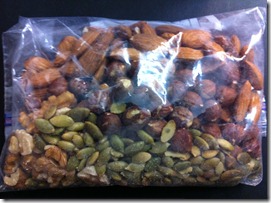
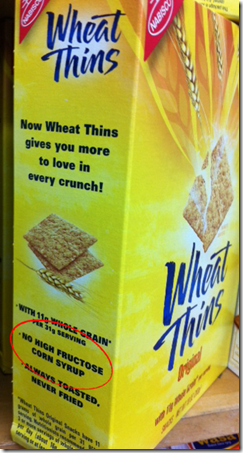
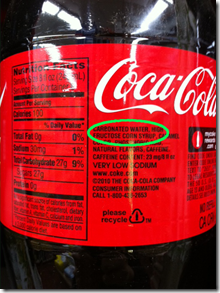


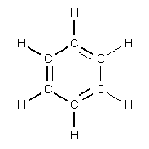
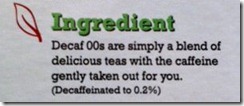
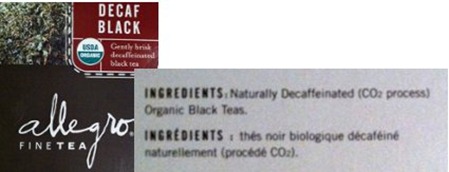

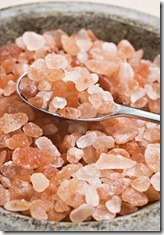
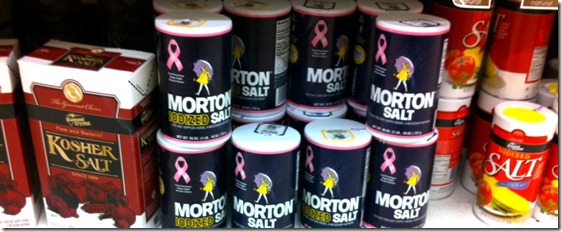
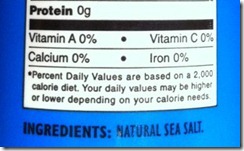
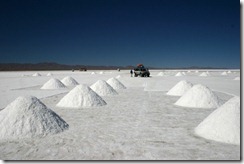

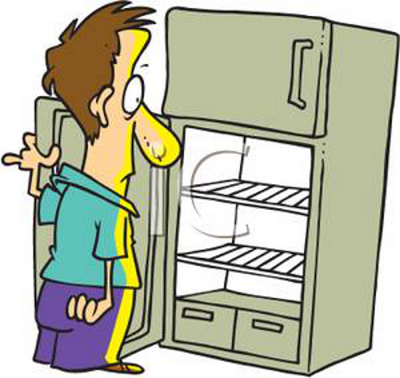
 3. Cook Lots on the Weekends and Watch TV I hear the groans coming now: “I can’t cook,” “my food tastes like ****,” “cooking is [insert your complaint here, e.g., boring, tiring, annoying].” Yeah, I know – I made those same old excuses myself! I’ve had plenty of cooking disasters – I still do (I burnt some vegetables two days ago) – and I’ve cooked plenty of dishes that I couldn’t bring myself to eat (you only see the recipes that worked!). But, it’s honestly not that awful. There are many trustworthy recipe websites where you can read reviews of how the food turned out. Many recipe sites like allrecipes.com have user ratings for all the recipes and some recipes even provide a carb and calorie count. Pick easy recipes that get good reviews – there are quite a lot of them. And then it’s just a bit of trial and error. Make large portions over the weekend and store in the fridge to eat over the week. I’ve found cooking to be quite relaxing actually – it allows me to be a bit creative on occasions and most importantly gives me an excuse to watch tv without feeling like I’m wasting my free time! I’m in a job where I sit for most of my waking hours so getting to be standing in the kitchen is a calorie-burner in itself! And lastly, cooking your own food is way cheaper and cleaner than eating out or buying prepared foods. Have I convinced you yet?
3. Cook Lots on the Weekends and Watch TV I hear the groans coming now: “I can’t cook,” “my food tastes like ****,” “cooking is [insert your complaint here, e.g., boring, tiring, annoying].” Yeah, I know – I made those same old excuses myself! I’ve had plenty of cooking disasters – I still do (I burnt some vegetables two days ago) – and I’ve cooked plenty of dishes that I couldn’t bring myself to eat (you only see the recipes that worked!). But, it’s honestly not that awful. There are many trustworthy recipe websites where you can read reviews of how the food turned out. Many recipe sites like allrecipes.com have user ratings for all the recipes and some recipes even provide a carb and calorie count. Pick easy recipes that get good reviews – there are quite a lot of them. And then it’s just a bit of trial and error. Make large portions over the weekend and store in the fridge to eat over the week. I’ve found cooking to be quite relaxing actually – it allows me to be a bit creative on occasions and most importantly gives me an excuse to watch tv without feeling like I’m wasting my free time! I’m in a job where I sit for most of my waking hours so getting to be standing in the kitchen is a calorie-burner in itself! And lastly, cooking your own food is way cheaper and cleaner than eating out or buying prepared foods. Have I convinced you yet?
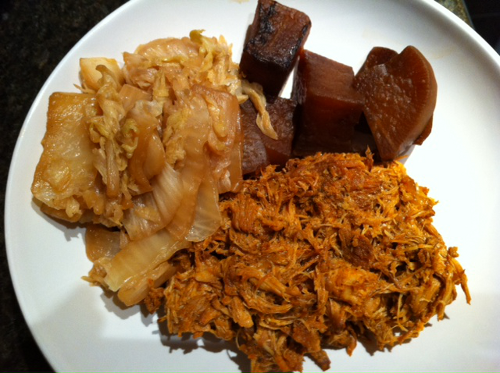
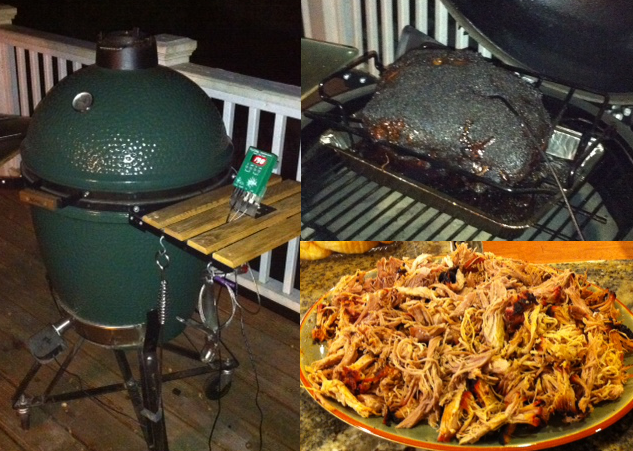
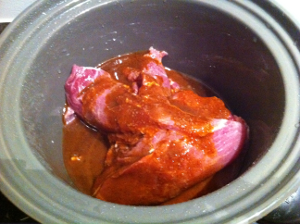 Instructions for Cooking the Pulled Pork:
Instructions for Cooking the Pulled Pork: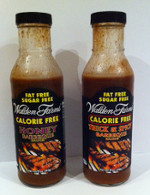 There are 2 incredible parts to this secret sauce:
There are 2 incredible parts to this secret sauce: SECOND,
SECOND, 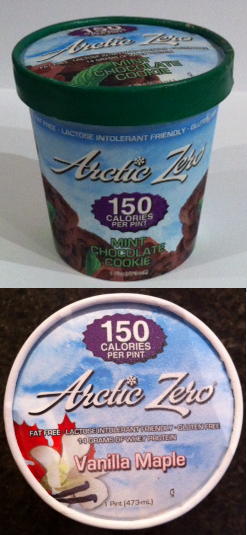 Arctic Zero: You know, they do such an amazing job of advertising their 150 calories per pint fake ice-cream, that I’ve actually been fooled twice into buying it! I somehow forgot just how awful it tasted after my first purchase (the mint chocolate cookie), and so when I saw it again in Wholefoods, I was fooled AGAIN (I bought the vanilla maple flavor that second time)! So, what is this Arctic Zero that’s able to fool me twice? It’s not ice-cream in any way (even though they call it an “ice-cream replacement”) – it has no milk or cream in the ingredients list. At best, it might be described as a bad sorbet perhaps. It’s true that their ingredients list looks pretty “natural,” but “natural” does not equal good tasting! On the contrary, their main ingredient is purified water (which, if you forgot, tastes like nothing). Their second most populous ingredient is whey protein concentrate, which also does not taste good (that’s why you have to flavor protein shakes so much!). Then comes a whole slew of sugars and flavorings, including organic cane sugar, chicory root, guar gum, xantham gum, natural flavors, sea salt, monk fruit concentrate. These are definitely not ingredients for the low carb purists! Ok, enough about the ingredients, the truth is I just care about whether it tastes good!
Arctic Zero: You know, they do such an amazing job of advertising their 150 calories per pint fake ice-cream, that I’ve actually been fooled twice into buying it! I somehow forgot just how awful it tasted after my first purchase (the mint chocolate cookie), and so when I saw it again in Wholefoods, I was fooled AGAIN (I bought the vanilla maple flavor that second time)! So, what is this Arctic Zero that’s able to fool me twice? It’s not ice-cream in any way (even though they call it an “ice-cream replacement”) – it has no milk or cream in the ingredients list. At best, it might be described as a bad sorbet perhaps. It’s true that their ingredients list looks pretty “natural,” but “natural” does not equal good tasting! On the contrary, their main ingredient is purified water (which, if you forgot, tastes like nothing). Their second most populous ingredient is whey protein concentrate, which also does not taste good (that’s why you have to flavor protein shakes so much!). Then comes a whole slew of sugars and flavorings, including organic cane sugar, chicory root, guar gum, xantham gum, natural flavors, sea salt, monk fruit concentrate. These are definitely not ingredients for the low carb purists! Ok, enough about the ingredients, the truth is I just care about whether it tastes good! Bananas: You might have heard of this trick already, but after you put frozen bananas through the blender, they come out looking very much like creamy ice-cream. You can easily try this yourself by getting 2 bananas (you need enough bananas in the blender for it to have something to blend otherwise it doesn’t work) and chopping them up into half-inch chunks (as shown in the top picture). Place the chunks of bananas into the freezer overnight (it doesn’t work if the bananas are not well-frozen as I found out on my first attempt, which resulted in a disgusting gooey mess). Then place the frozen banana chunks into the blender and blend well for a few minutes – at first it looks like it’s just chopping the frozen bananas into smaller frozen chunks, but after a while, you’ll see the “ice-cream” form (see photo).
Bananas: You might have heard of this trick already, but after you put frozen bananas through the blender, they come out looking very much like creamy ice-cream. You can easily try this yourself by getting 2 bananas (you need enough bananas in the blender for it to have something to blend otherwise it doesn’t work) and chopping them up into half-inch chunks (as shown in the top picture). Place the chunks of bananas into the freezer overnight (it doesn’t work if the bananas are not well-frozen as I found out on my first attempt, which resulted in a disgusting gooey mess). Then place the frozen banana chunks into the blender and blend well for a few minutes – at first it looks like it’s just chopping the frozen bananas into smaller frozen chunks, but after a while, you’ll see the “ice-cream” form (see photo).
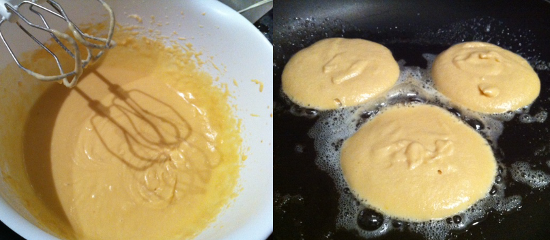
 First there’s Hi-Lo cereal. Although it’s marketed as a low carb cereal, it fails in many aspects to convince me that I should even give it a try! First, there’s the ingredient’s list – soy, wheat gluten, corn and rice flour – not a great combination when many low carb diets recommend no grains! Then there’s their net carb count – 7g per 1/2 cup serving, and I’m betting a 1/2 cup serving would not be sufficient for me to starve off the hunger until lunch. Having said all that, it is still lower than other cereals. For example, corn flakes (plain) contains approximately 12g of carbs per 1/2 cup, so it’s definitely an improvement. Some consumers on Amazon seem to really like their Maple Pecan flavor, although others seem to think it’s a bit “bland” and tastes like “cardboard.” Regardless, it’s not on my list!
First there’s Hi-Lo cereal. Although it’s marketed as a low carb cereal, it fails in many aspects to convince me that I should even give it a try! First, there’s the ingredient’s list – soy, wheat gluten, corn and rice flour – not a great combination when many low carb diets recommend no grains! Then there’s their net carb count – 7g per 1/2 cup serving, and I’m betting a 1/2 cup serving would not be sufficient for me to starve off the hunger until lunch. Having said all that, it is still lower than other cereals. For example, corn flakes (plain) contains approximately 12g of carbs per 1/2 cup, so it’s definitely an improvement. Some consumers on Amazon seem to really like their Maple Pecan flavor, although others seem to think it’s a bit “bland” and tastes like “cardboard.” Regardless, it’s not on my list!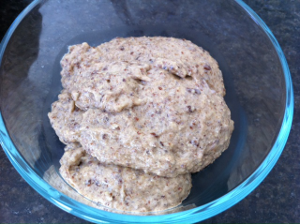 Then there’s a variety of low carb hot cereals, mostly made from flax. Flax seeds are highly nutritious with lots of omega-3 fatty acids and a ton of fiber. If you grind up the flax seeds (in a coffee grinder or a blender with no water), then it forms a flour, which when mixed with water forms an oatmeal-like consistency. Here’s a simple recipe (from about.com) for a hot nutty oatmeal-like cereal that you can make at home.
Then there’s a variety of low carb hot cereals, mostly made from flax. Flax seeds are highly nutritious with lots of omega-3 fatty acids and a ton of fiber. If you grind up the flax seeds (in a coffee grinder or a blender with no water), then it forms a flour, which when mixed with water forms an oatmeal-like consistency. Here’s a simple recipe (from about.com) for a hot nutty oatmeal-like cereal that you can make at home.